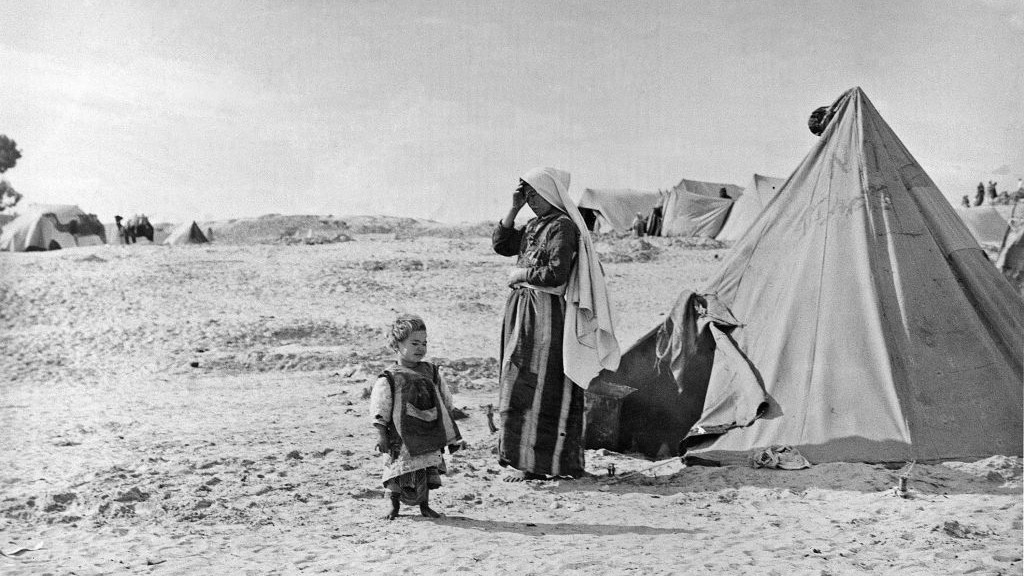Stuartbirdan2
Diamond Member
- Sep 6, 2020
- 1,220
- 9,187
- 2,138
Moreover, Plan D did make explicit the operational orders to expel Arabs from their villages. Morris also suggests that since not all Arabs were expelled, therefore it wasn’t ethnic cleansing. But once again his logic is a non sequitur. It doesn’t follow that since there were Arabs who were allowed to remain in the territory that became Israel that therefore the expulsion of the majority of that territory’s Arab inhabitants didn’t constitute ethnic cleansing. Morris can opine that Ben-Gurion didn’t do a thorough enough job of it; but he can’t sustain the suggestion that the lack of thoroughness means it wasn’t ethnic cleansing



